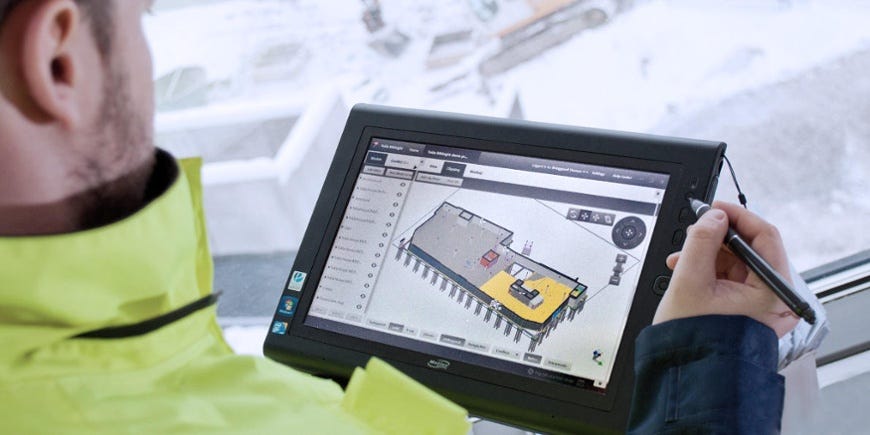Architectural, Engineering, and Construction Market: Paving the Way for Smarter Infrastructure

The Architectural, Engineering, and Construction (AEC) market is at the forefront of shaping the future built environment. With increasing urbanization, rapid technological adoption, and sustainability pressures, the global AEC market is evolving faster than ever. According to market insights, the sector is projected to experience substantial growth through 2031, driven by innovations in design technologies, digital collaboration, and green construction practices.
Market Growth Outlook
The AEC market was valued at US$ XX billion in 2023 and is projected to reach US$ XX billion by 2031, growing at a CAGR of XX% during the forecast period. This upward trajectory is fueled by government infrastructure initiatives, the increasing adoption of Building Information Modeling (BIM), Healthcare & Lifesciences, and the demand for energy-efficient and resilient construction.
Key Drivers Shaping the AEC Market
- Digital Transformation in Construction
Technologies like BIM, 3D printing, IoT, and AI have redefined how projects are visualized, designed, and executed. These digital tools reduce errors, streamline collaboration, and optimize resource use. - Rise of Smart Cities
With global urban populations on the rise, governments are investing in smart cities. AEC firms are playing a crucial role in designing smart infrastructure that integrates energy, water, and traffic systems. - Sustainability and Green Building
Climate-conscious consumers and stricter environmental regulations are driving the adoption of eco-friendly materials and practices in construction. LEED certification, passive design, and net-zero energy buildings are gaining traction. - Infrastructure Investments
Major public and private investments in roads, rail, airports, and housing—especially in emerging economies—are accelerating AEC market demand. - Integrated Project Delivery (IPD)
IPD and modular construction techniques improve efficiency, reduce costs, and shorten project timelines, making them a go-to solution for large-scale infrastructure projects.
Segmentation Overview
The Architectural, Engineering, and Construction market can be segmented by:
- Service Type:Architecture, Engineering, Construction & Project Management, Planning & Design
- End User:Residential, Commercial, Industrial, Infrastructure, and Institutional
- Technology:BIM, CAD, Project Management Software, Simulation & Analysis
- Geography:North America, Europe, Asia-Pacific, Latin America, Middle East & Africa
Trends Transforming the AEC Landscape
- BIM Adoption Accelerates:
BIM is no longer optional; it’s becoming a mandated requirement in many countries for public infrastructure projects. - AR/VR for Design Visualization:
Virtual walkthroughs and AR-based design tools are improving stakeholder engagement and reducing costly post-construction changes. - AI and Predictive Analytics:
AI is helping firms predict material usage, labor requirements, and project risks—boosting efficiency and safety. - Cloud-Based Collaboration Tools:
Remote collaboration platforms have become essential, especially post-COVID, enabling teams to coordinate globally in real-time.
Growth Opportunities in the AEC Market
- Emerging Markets:Rapid urban development in Asia-Pacific, Africa, and Latin America presents lucrative opportunities for AEC service providers.
- Smart Infrastructure Development:High-speed rail, EV charging networks, and climate-resilient urban planning are driving demand for specialized engineering services.
- Modular & Prefab Construction:Faster build times and reduced costs are encouraging adoption in both commercial and residential segments.
- Retrofitting Aging Infrastructure:Developed regions are investing heavily in the renovation and modernization of outdated infrastructure, fueling engineering and architectural demand.
Conclusion
The Architectural, Engineering, and Construction market is poised for dynamic growth, fueled by innovation and necessity. Stakeholders who embrace digital transformation, sustainability, and smart collaboration tools will be best positioned to capitalize on this evolving market. For AEC firms, adapting to emerging technologies and aligning with green construction trends will be essential in staying competitive and unlocking future opportunities.



Comments
Post a Comment